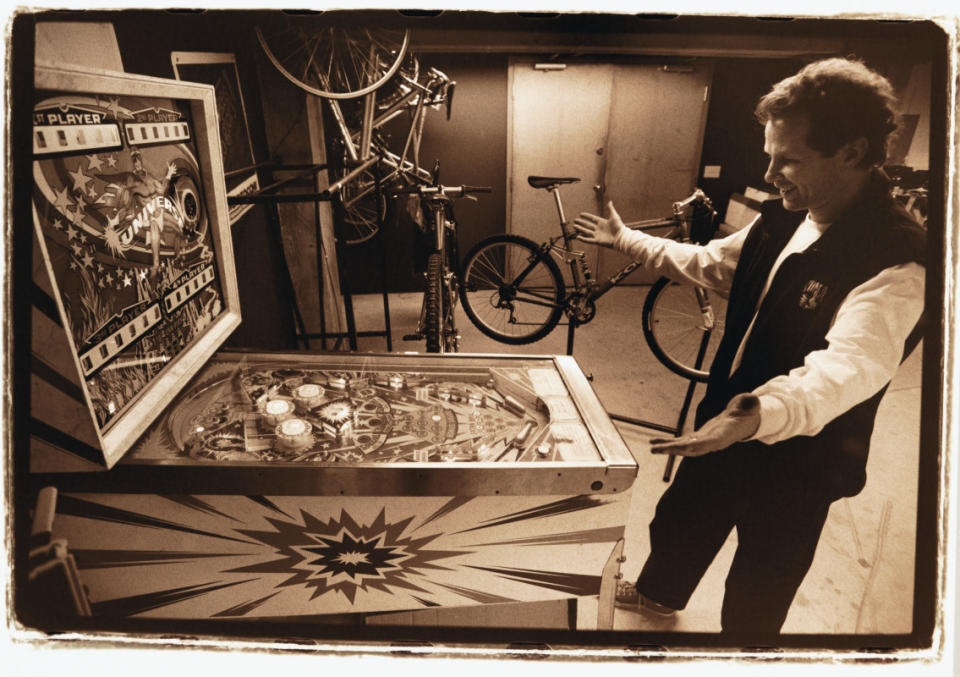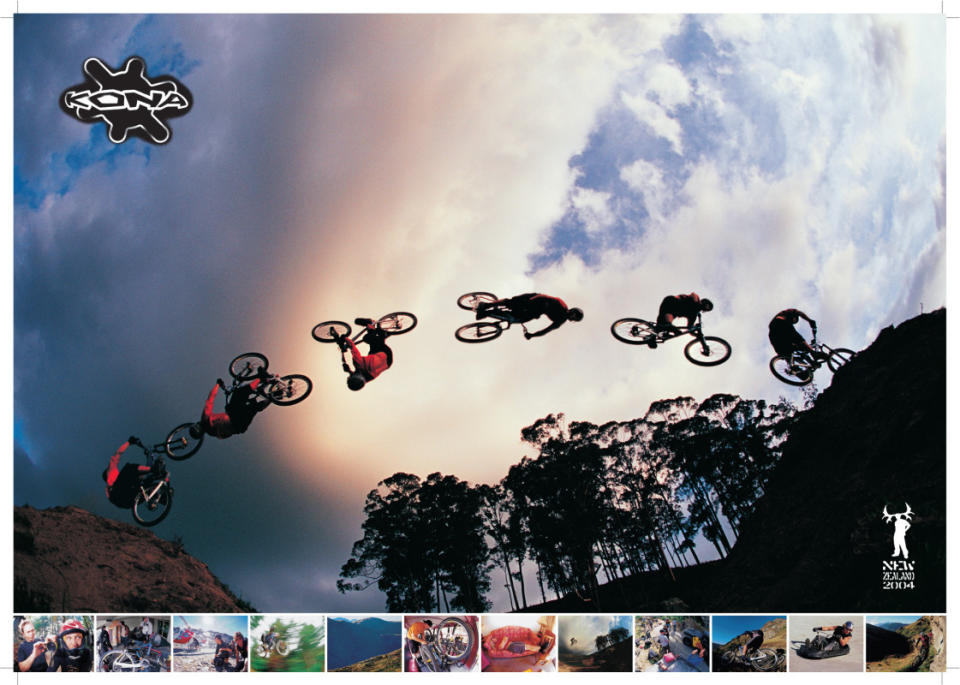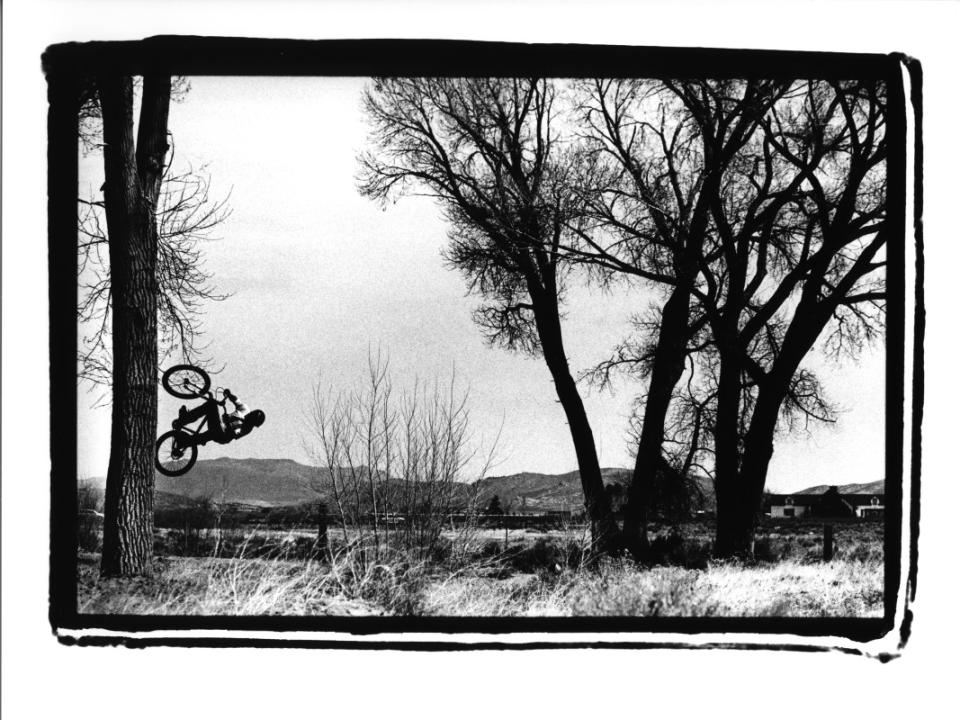Kona’s Founders are Back in the Bike Business
Kona, the irreverent, influential bike brand that still holds a place in so many of our hearts, has been through a couple of tumultuous years: massive staff layoffs, the shuttering of its showroom in Bellingham, a much-derided rollout of a direct-to-consumer platform, and an infamous BOGO sale. The downward spiral of “the smallest biggest bike company in the world” culminated in the messy Sea Otter booth teardown in April.
Some outlets called Kona dead and gone, but Bike had a feeling that wasn’t the case, and on May 20, Kona’s founders, Jake Heilbron and Dan Gerhard, announced that they had bought the brand back from Kent Outdoors, the private-equity-backed parent company that purchased Kona in 2022.
I was curious to hear more about the decision and had a chance to talk to Heilbron, who was refreshingly up-front about the vibe over at HQ.

Photo courtesy of Kona Bikes
Kona’s saga seemed like one of the most salient cautionary tales of the pandemic bike boom and bust. Heilbron said that in late 2021, when demand was off the charts and supply couldn’t keep up, Kona’s owners didn’t feel that they had the experience or acumen to take the brand to the next level. So they sold to Kent, because the corporation was led by a CEO who was a passionate cyclist that understood the industry.
But then the crash happened, and it was especially ugly for Kona.

Photo courtesy of Kona Bikes
“I don’t want to knock Kent specifically – it certainly has been a tough time for outdoor business in general,” Heilbron said.
In 2023, as Kent tried to contend with excess inventory and decreased demand, sales representatives and other staff were laid off, the Kona Store closed, and shop owners spoke out against the brand’s DTC rollout and aggressive bike discounts.
Heilbron said that Kona’s DTC model wasn’t well executed – bikes were being delivered to customers as if they were coming straight from the factory, with no guarantee of safety, correct assembly, or performance.

Photo courtesy of Kona Bikes
“We have to tend to the patient,” he said about taking the reins at Kona again. “It’s a little beat up, especially in the US where DTC was pushed very hard. A lot of dealers dropped Kona as a result of that.”
Two high-level employees who were pushed out in corporate shake-ups, marketing director Eddy Marcelet and general manager Chris Halcrow, are now back in the office, and other former team members will be returning as Kona rebuilds.
“As we nurse things back to health, we want to reconnect with dealers and other contacts, mend things, rebuild relationships, get people back,” Heilbron said.
Despite its rocky recent past, Kona seems to have retained some nostalgic goodwill from cyclists, judging by the industry’s cheerful reception to the May 20 announcement. After all, who hasn’t owned or ridden or lusted after a Kona at some point in their life? Heilbron said that he hears from people all the time who tell him that a Cinder Cone was their first mountain bike. I had to laugh, because a royal blue 2000 Cinder Cone was indeed my first mountain bike.

Photo courtesy of Kona Bikes
He promised that we should expect to see some new bike announcements soon – models that were in development even before the pandemic, but whose launches were stalled because of all the aging inventory filling warehouses here and in Asia.
I couldn’t resist asking the question that everyone has been speculating about – what’s MSRP on a bike brand these days?
People (read: media folks and other nosy industry types) have always wanted to know numbers, Heilbron said. That’s actually how the singlespeed Kona Unit was named.
“Everyone always asked, ‘how many units do you sell a year,’ so we made the Unit and told everyone, ‘around 500 a year.’”
While Heilbron was similarly cagey about the financial details of the sale, he did confirm that the founders had sold at the peak of the bike boom and bought at or near the bottom of the market.

Photo courtesy of Kona Bikes
He acknowledged that the grayheads who started Kona in 1988 won’t be here forever, but this time around they’re working to create a structure of succession that looks a little different.
“I’ve certainly learned a lot,” he said. “Hopefully we’re a little wiser and know to stay true to our principles.”

